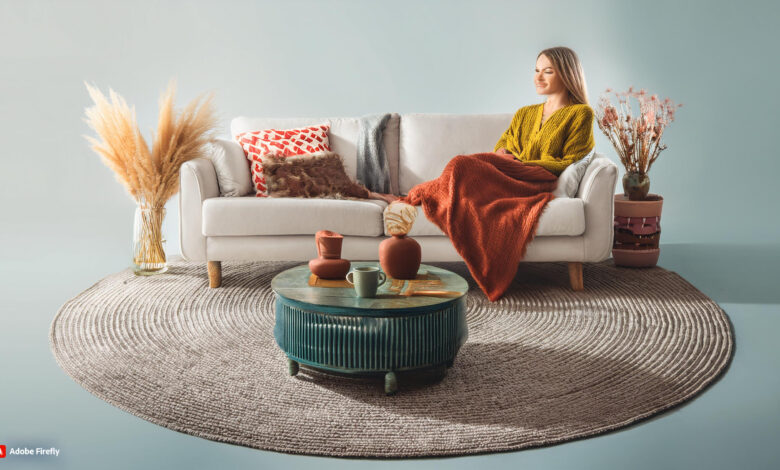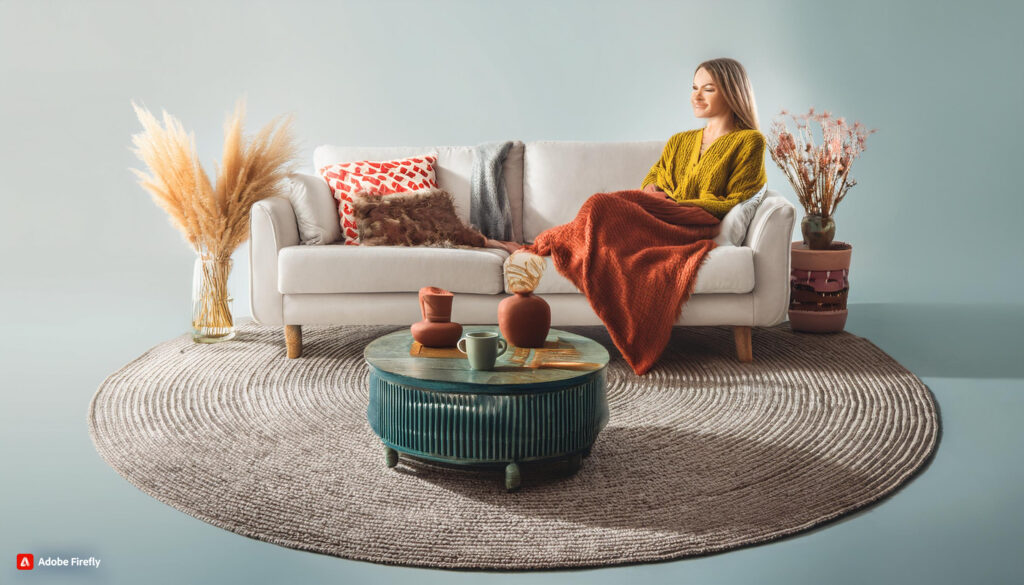
Table of Contents
ToggleIntroduction
The home improvement industry is rapidly evolving, with new technologies and innovations transforming how we renovate and upgrade our living spaces. As homeowners seek to create smarter, more sustainable, and more functional homes, the future of home improvements will be shaped by trends that focus on technology, eco-friendly materials, and adaptable designs.
In this guide, we’ll explore the future of home improvements, from smart home innovations to green building practices, and how these advancements are setting the stage for homes that are more energy-efficient, comfortable, and connected than ever before.
Smart Home Technology: The Heart of Future Home Improvements
The rise of smart home technology is one of the most significant trends shaping the future of home improvements. From voice-activated assistants to automated lighting and smart security systems, the integration of technology into everyday living is making homes more convenient, efficient, and secure.
Smart devices can now be controlled from your smartphone, allowing you to adjust the thermostat, monitor security cameras, or even turn off lights remotely. These technologies are not just about convenience—they also offer energy savings, enhanced security, and improved quality of life.
Key smart home innovations include:
- Smart Thermostats: Devices like Nest and Ecobee learn your habits and adjust heating and cooling settings to maximize energy efficiency.
- Voice-Controlled Assistants: Amazon Alexa, Google Home, and Apple’s Siri are making it easier to control your home with simple voice commands.
- Home Security Systems: Smart cameras, motion detectors, and doorbell cameras allow homeowners to monitor their property in real-time, enhancing safety and peace of mind.
Actionable Tip: Start by integrating a smart thermostat or smart lighting into your home improvement projects to save on energy bills and improve convenience.
Sustainability and Eco-Friendly Materials
Future of Home Improvements
As climate change concerns grow, sustainability is becoming a key focus in home improvements. The future of renovations will see an increased use of eco-friendly materials and energy-efficient solutions that reduce the environmental impact of homes.
Solar Power: Solar panels are one of the most popular eco-friendly upgrades, allowing homeowners to generate renewable energy and reduce reliance on the grid. Solar energy not only lowers utility bills but also contributes to a greener planet.
Sustainable Building Materials: Homeowners are opting for materials like recycled wood, bamboo flooring, and low-VOC paints. These materials reduce waste and promote a healthier indoor environment by limiting toxic emissions.
Energy-Efficient Windows and Insulation: Installing double-pane windows, LED lighting, and improving insulation helps reduce energy consumption, keeping homes warm in winter and cool in summer without excessive heating or cooling costs.
Actionable Tip: Consider upgrading your home with solar panels, energy-efficient windows, or eco-friendly insulationto make your home more sustainable and reduce long-term energy costs.
Modular and Adaptable Living Spaces
Future of Home Improvements
As lifestyles and family needs evolve, modular and adaptable living spaces are becoming more common in home improvements. The future of home design will prioritize flexibility, with rooms and layouts that can easily transform to suit changing needs, whether it’s for remote work, additional family members, or entertainment spaces.
Modular Homes: Modular homes, which are built off-site and assembled on location, are gaining popularity for their cost-effectiveness, eco-friendliness, and flexibility. Homeowners can easily expand or modify modular homes as their needs change.
Multifunctional Spaces: Rooms that serve more than one purpose are becoming essential in modern home design. For example, a home office that doubles as a guest bedroom or a garage that can be transformed into a gym or workshop. Flexible furniture, such as fold-out desks and wall beds, can maximize space efficiency.
Actionable Tip: When planning home improvements, think about how your space can evolve over time. Incorporate modular designs or multifunctional furniture to ensure your home remains adaptable to future needs.
Health-Focused Home Improvements
Future of Home Improvements
The pandemic has led to a renewed focus on health and wellness at home. Future home improvements will prioritize features that promote a healthier living environment, from air quality to water filtration systems.
Air Purification Systems: With indoor air pollution being a growing concern, many homeowners are installing advanced air purifiers and ventilation systems to ensure cleaner air, reducing allergens and pollutants.
Touchless Fixtures: To reduce the spread of germs, touchless faucets, automatic toilets, and sensor-activated lighting are becoming popular in kitchens and bathrooms.
Wellness Spaces: Home gyms, meditation rooms, and spa-like bathrooms are being incorporated into designs, reflecting the need for spaces that promote relaxation and physical well-being.
Actionable Tip: Improve air quality in your home by installing a high-efficiency air filtration system or investing in touchless fixtures to enhance hygiene in high-traffic areas like kitchens and bathrooms.
Home Automation and Energy Management
Future of Home Improvements
Energy management will be a top priority for future home improvements, driven by the need to reduce costs and carbon footprints. Home automation systems will allow homeowners to monitor and manage energy usage more effectively, optimizing electricity, water, and heating consumption.
Smart Energy Meters: These devices give real-time feedback on your home’s energy use, helping you track consumption and identify areas where you can cut back.
Energy Storage Systems: Home battery storage systems, like the Tesla Powerwall, are becoming more affordable, allowing homeowners to store excess solar energy for use during peak times or outages.
Water Conservation Technologies: Smart irrigation systems, low-flow toilets, and water-saving faucets help reduce water usage, making homes more eco-friendly while cutting down on utility bills.
Actionable Tip: Consider investing in smart energy meters or home battery systems to better control your energy usage, maximize efficiency, and reduce your environmental footprint.

Home Renovations for Aging in Place
Future of Home Improvements
As the population ages, home improvements are increasingly focused on making homes more accessible and comfortable for seniors. Aging in place refers to modifying homes to ensure that people can live independently and safely as they age.
Accessible Bathrooms: Features like walk-in showers, grab bars, and raised toilet seats can make bathrooms safer for seniors while maintaining a modern, stylish look.
Smart Home Safety Features: Fall detection systems, motion-activated lighting, and smart locks can enhance safety for elderly homeowners, allowing them to live independently for longer.
Actionable Tip: If you’re planning a renovation, think about incorporating universal design principles that make your home more accessible and functional for all ages.
Conclusion
Future of Home Improvements
The future of home improvements is all about embracing technology, sustainability, and adaptability. As smart homes become more advanced and eco-friendly materials continue to evolve, homeowners will have the tools to create living spaces that are more comfortable, efficient, and environmentally responsible.
Whether you’re looking to upgrade your home’s energy efficiency, incorporate health-focused features, or future-proof your space with modular designs, the trends and innovations shaping home improvements today will pave the way for smarter, greener homes tomorrow.
Ready to explore the future of home improvements? Start by integrating these trends into your next renovation project, and enjoy the benefits of a more sustainable and connected home.





